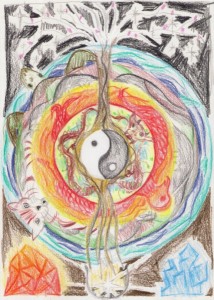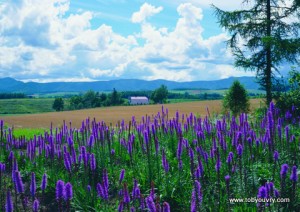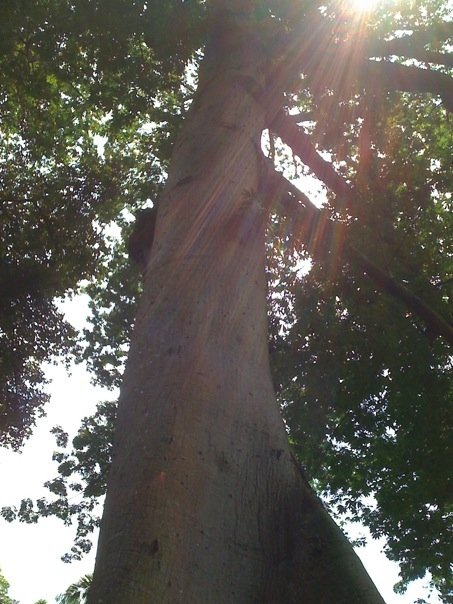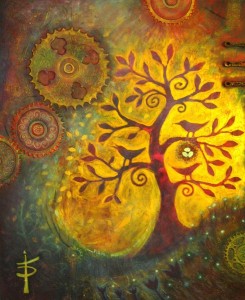Back in 2001 when I left my life as a Buddhist Monk part of the reason was that I wanted to return to a life as an actively working artist expressing his inspiration in paintings and sculpture. As I had meditated during the 1990’s I had touched the inner formless spaces that you find in deep meditation practice, but I had also found that, from these deep formless spaces a lot of inner visions started to emerge quite spontaneously, and that they often really demanded to be expressed.
Since then I have developed a method of combining my meditation and artistic practice where I will meditate on a particular topic or subject for a while in order to receive visual and sensual impressions of its inner nature, and then I will create an art piece based around what I have seen.
In order to give an example of this, at the top of this article you can see a working sketch that I have done for an artwork that embodies the energy of The Tao, Yin-Yang and the five Chinese elements of earth, wood, metal and fire. Here is a brief description of the inner landscape from which this image arose. You can do it yourself if you like, the basic images are simple, and there is plenty of room for creative imagination and to really make the inner landscape your own:
The Asian Tree and the Yin-Yang courtyard.
Before meditating set your intention to travel, within the reality of your creative imagination, to an inner landscape that embodies the spiritual energy of the Tao, Yin-Yang and five elements.
Spend a short while relaxing, focusing on your breathing and stilling your sense of time, space and energy.
After a while you sense yourself within what you intuitively sense is an Asian landscape, in front of you is your “Asian tree”, a tree embodying that embodies the energy of Asian spirituality and that you have a particular inner connection to. Spend a while seeing, feeling and sensing the landscape and the tree; the texture of the bark, the colour of the leaves, the time of day and so forth…
To one side of you in your landscape you see an ancient courtyard. Upon its old wooden doors is inscribed a yin yang symbol.
Passing through the doors to the interior of the courtyard you sense yourself entering into a state of deep peace. The roof of the courtyard is open to the sky. In the centre of the courtyard is a yin-yang symbol made of living light. The light part of the symbol is fed by a stream of bright white star light that comes down from the sky. The dark part of the symbol is fed by a stream of dark light rising from the depths of the earth. Within the courtyard are many beautiful ancient objects, such as bonsai trees, crystals and gemstones. In particular there are sculptures of four creatures:
- A dragon, embodying the energy of the wood element, of spring, air and morning
- A phoenix embodying the energy of the fire element, of summer and the noonday sun
- A tiger embodying the energy of the metal element, of autumn and evening
- A turtle embodying the energy of the water element, of winter and of night time.
Each of these statues, although static seems to be alive and radiates its elemental energy in the form of colour. These colours gather around the central yin-yang symbol, flowing around it in an ever changing flow of radiant elemental light.
Deep within the earth beneath the yin-yang symbol is a cauldron, which embodies the earth element and is the source from which the other four elements arise.
Simply sit and relax in this beautiful peaceful space, and as you do so feel the yin-yang and elemental balance within your body mind come back into balance. As your body-mind comes into balance, feel your inner being becoming still and spacious like a deep lake.
Thanks for reading,
Yours in the spirit of the rich landscape of the imagination,
Toby
PS: You can see more of my artwork in the most recent post on my Soul Portrait site:
Slideshow of Soul Portraits From the First Three Months of 2011
PPS: If you are not familiar with the 5 elements and want a bit more information, you can find more in my past article on my Qi gong blog:
Similarly, you can also find a previous Yin-Yang meditation there:
The Meaning of the Term “The Great Mother” and its Relationship to Yin and Yang







